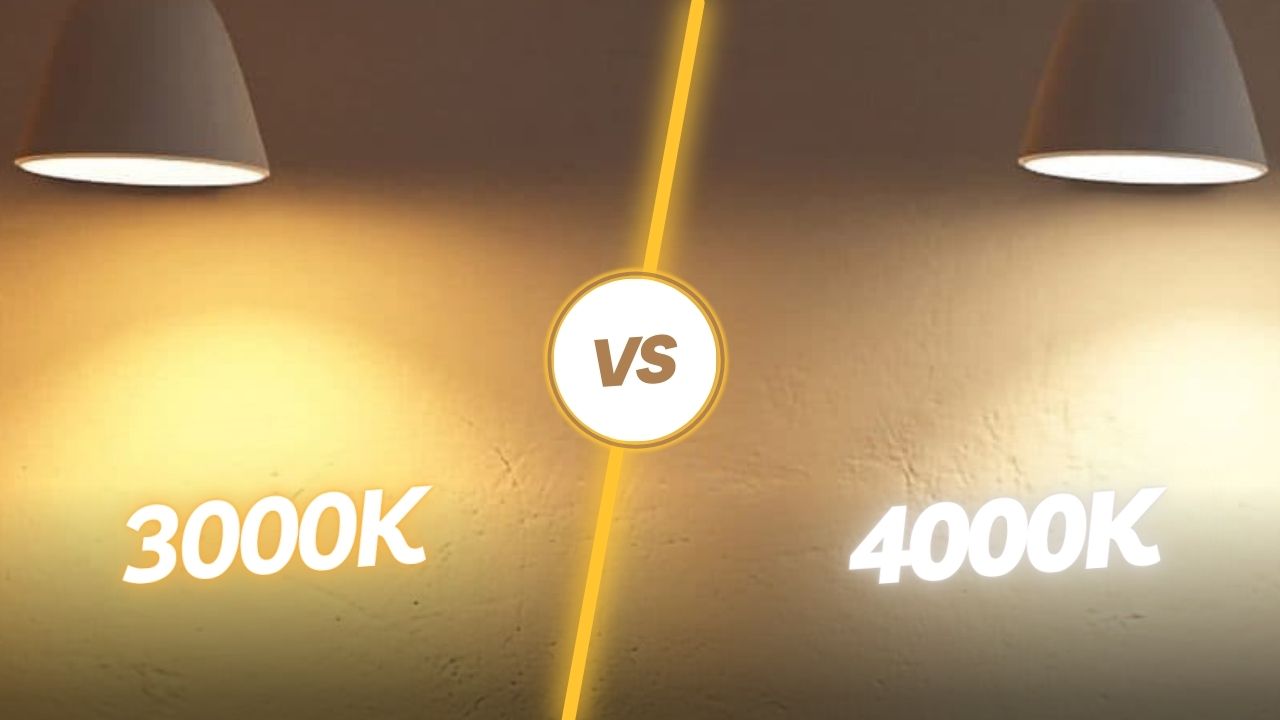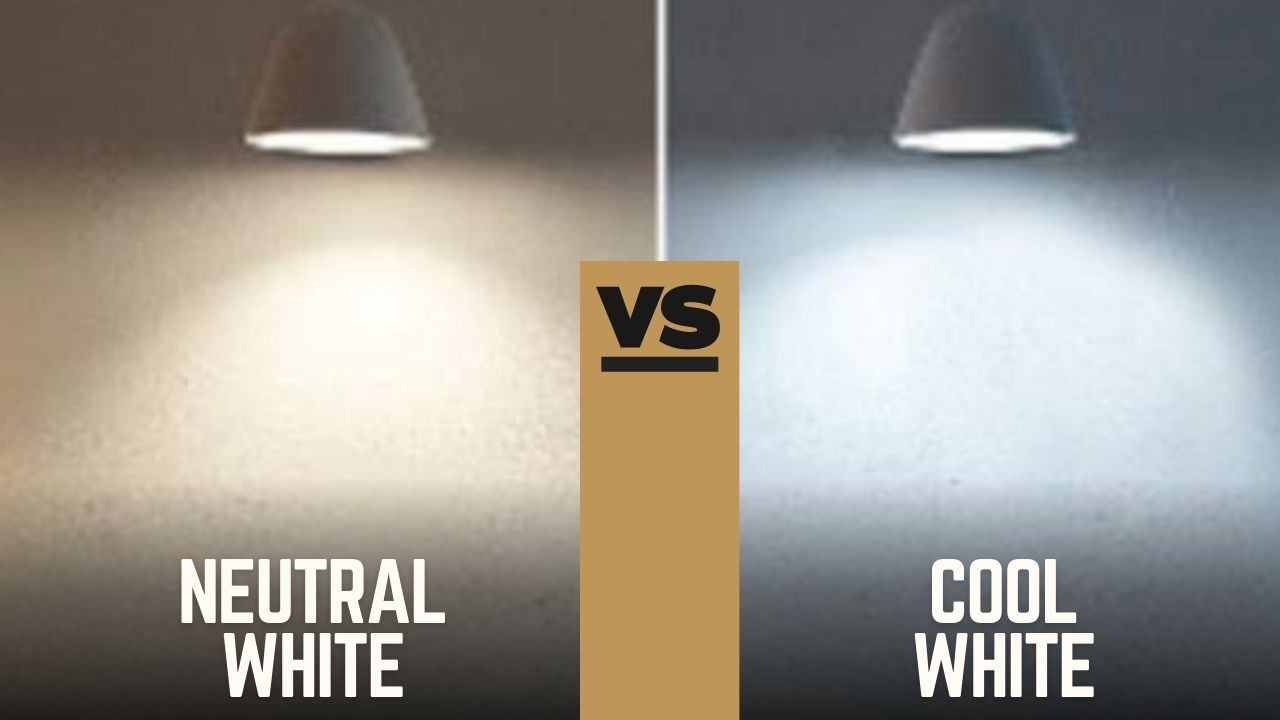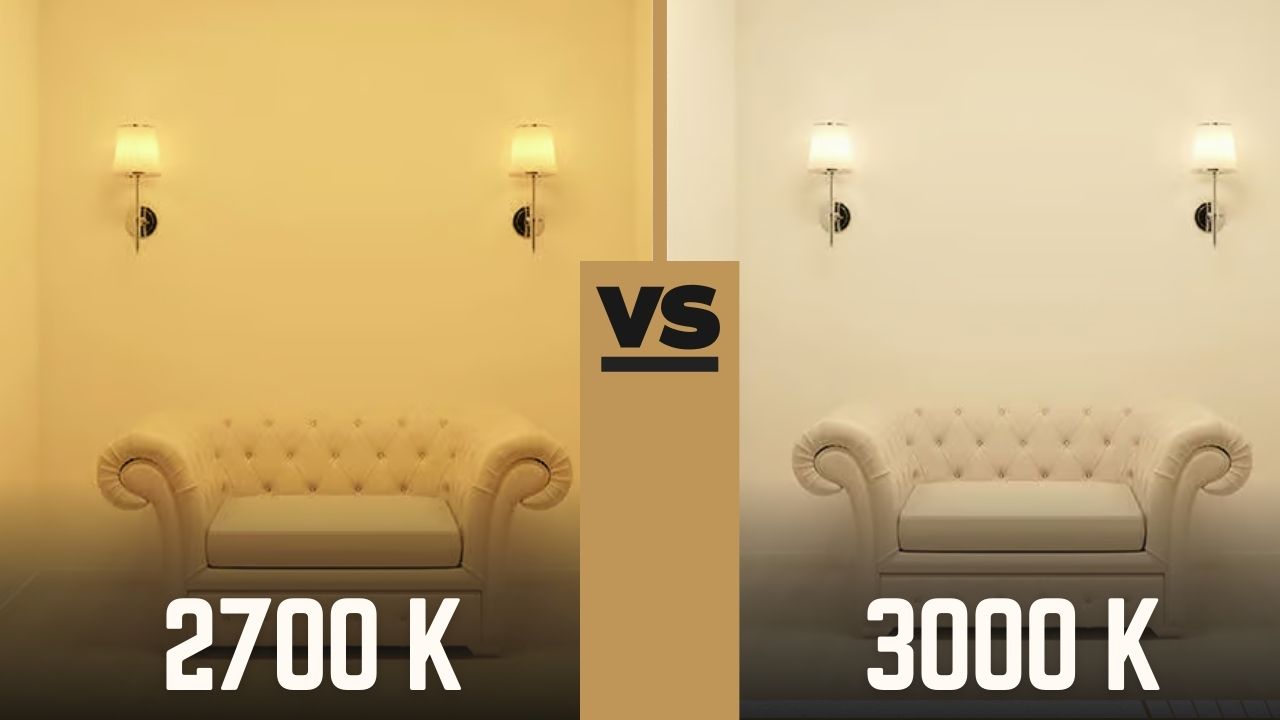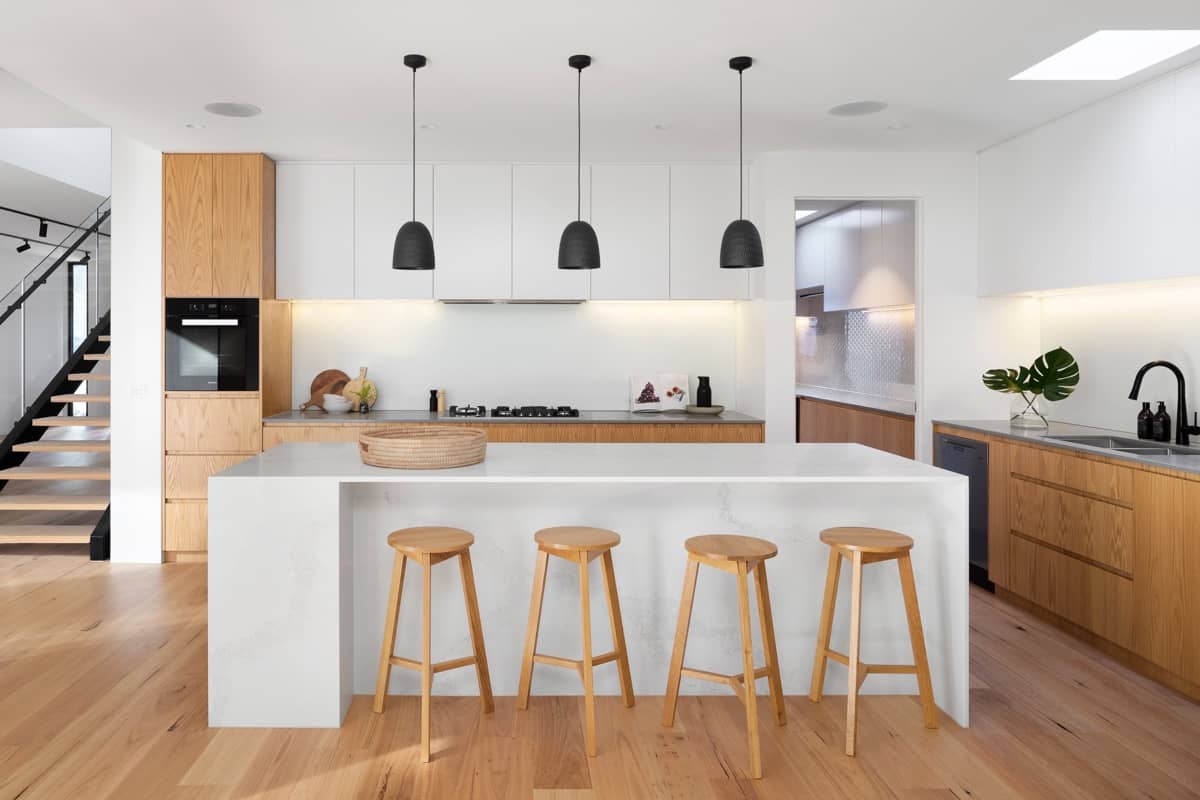Lighting, in all its brilliance and variety, holds the power to shape our experiences and perceptions. From the subtle glow of a bedside lamp to the bright illumination of an office space, the quality of light plays a crucial role in creating ambiance, enhancing productivity, and setting the mood for any given environment. One key aspect that influences our perception of light is its color temperature.
The color temperature of light refers to its appearance or perceived “warmth” or “coolness.” It is measured in Kelvin (K) and helps determine whether a light source emits a warm or cool hue. Understanding color temperature is essential when selecting lighting solutions as it allows us to match the right light with specific settings or activities.
Brief Explanation of Color Temperature
In simple terms, color temperature refers to how “warm” or “cool” a light source appears. It is determined by measuring the hue emitted when an object is heated until it glows incandescently. The resulting color is then matched on a scale ranging from warm tones (reddish-yellow) to cool tones (bluish-white).
To quantify color temperature accurately, Kelvin (K) scale is utilized. Lower values on this scale indicate warmer colors, while higher values indicate cooler colors.
For instance, candlelight emits around 1500K-1900K, giving off a cozy orange glow associated with warmth and intimacy. In contrast, daylight at noon measures around 5500K-6500K and offers a vibrant bluish tone reflecting clarity and alertness.
The Importance of Choosing the Right Color Temperature for Different Settings
Selecting the appropriate color temperature for different settings holds significant importance as it directly impacts various aspects such as mood, ambiance, and task performance. The right color temperature can enhance the desired atmosphere, whether it be a cozy living room, an energetic workspace, or a serene bedroom.
For example, in residential spaces where comfort and relaxation are paramount, opting for warmer color temperatures like 3000K can create a soothing environment. The gentle glow of warm white light promotes a sense of coziness and intimacy that is perfect for bedrooms or living areas.
On the other hand, in spaces where focus and productivity are crucial, such as offices or schools, choosing neutral white light with a color temperature around 4000K is beneficial. This cooler hue helps stimulate alertness and concentration while maintaining good visibility for tasks that require precision.
Understanding the concept of color temperature empowers us to make informed decisions about lighting choices that align with our specific needs and objectives. By considering the impact different color temperatures have on ambiance and functionality in various settings, we can harness the power of light to create optimal environments.
Understanding Color Temperature
Definition and Measurement of Color Temperature in Kelvin (K)
Color temperature refers to the numerical measurement of the color appearance of light sources, usually expressed in Kelvin (K). It is a quantifiable way to describe the warmth or coolness of a particular light source. The concept originated from observing how heated metal objects change color as they are heated, such as from black to red, orange, yellow, and eventually white-hot.
The color temperature scale assigns numerical values based on the perceived color changes. In practical terms, lower Kelvin values represent warmer or more yellowish light, while higher Kelvin values indicate cooler or bluish light.
For instance, an incandescent bulb emits a warm yellow glow at around 2700K, while natural daylight typically measures around 5500-6500K. This standardized scale allows us to gauge and compare different light sources and their visual effects accurately.
Relationship between Color Temperature and the Perceived “Warmth” or “Coolness” of Light
The correlation between color temperature and our perception of warmth or coolness lies in our association with natural light sources at different times of day. Warm colors like those found during sunrise or sunset evoke feelings of comfort, relaxation, and intimacy. Similarly, warm white lighting with lower color temperatures tends to create a cozy ambiance reminiscent of candlelight or firelight.
Conversely, higher color temperatures are associated with cooler tones resembling daylight during midday or overcast conditions. These cooler whites can elicit feelings of alertness, focus, and increased productivity due to their similarity to natural daylight that typically energizes us.
Common Applications and Corresponding Color Temperatures
Different settings benefit from specific color temperatures that match their intended purposes. For example: – Residential spaces often employ warm white lighting around 2700-3000K for bedrooms, living rooms, and dining areas to create a cozy and inviting atmosphere.
– Restaurants may opt for slightly higher color temperatures around 3000-3500K to combine warmth with enhanced visibility for an enjoyable dining experience. – Offices and schools typically utilize neutral white lighting at around 4000-4500K to promote concentration, alertness, and productivity.
– Retail stores often employ higher color temperatures between 3500-5000K to enhance brightness and showcase merchandise effectively. In each of these contexts, the chosen color temperature plays a significant role in shaping the intended mood, ambiance, and functionality of the space.
By understanding the definition and measurement of color temperature in Kelvin (K), as well as its relationship with perceived warmth or coolness of light, we can better appreciate how different color temperatures affect our surroundings. Moreover, recognizing the common applications of specific color temperatures helps us make informed decisions when choosing lighting solutions that align with our desired outcomes.
Exploring 3000K
Overview of 3000K as a warm white light
When it comes to lighting, 3000K is often referred to as a warm white light. This particular color temperature creates a cozy and inviting atmosphere, reminiscent of the soft glow emitted by traditional incandescent bulbs.
The appearance of 3000K lighting is characterized by a gentle, yellowish hue that adds warmth and comfort to any space. Unlike higher color temperatures, such as daylight or cool white lights, which have a crisp and bright feel, 3000K exudes a sense of relaxation and tranquility.
Description of its appearance and characteristics
The appearance of 3000K lighting can best be described as having a soft golden tint. It mimics the warmth produced by candlelight or the gentle rays of the setting sun.
This color temperature falls on the lower end of the spectrum, which contributes to its soothing ambiance. The warmer tones make objects appear more vibrant and create an intimate environment that appeals to our innate desire for comfort.
Psychological effects on mood and ambiance
The psychological impact of 3000K lighting should not be underestimated. Research has shown that warm white lights can positively influence our mood by inducing feelings of relaxation, calmness, and coziness.
This makes them particularly suitable for spaces where we seek comfort or want to unwind after a long day. The soft glow emitted by 3000K bulbs triggers the production of melatonin – the hormone responsible for regulating sleep cycles – promoting restful sleep quality.
Ideal applications for creating a cozy atmosphere (e.g., residential spaces, restaurants)
Given its ability to create an intimate ambiance, there are several ideal applications for 3000K lighting. In residential spaces such as bedrooms or living rooms, this warm white light promotes a sense of coziness, making the environment more inviting and comfortable.
Restaurants, especially those aiming for a romantic or cozy atmosphere, often opt for 3000K lighting to enhance the dining experience. These bulbs can evoke a sense of nostalgia and create a welcoming atmosphere where people can relax and enjoy their meals.
Advantages and disadvantages of using 3000K lighting
3000K lighting offers numerous advantages but also has some potential drawbacks to consider. One of the main benefits is its ability to enhance warmth, comfort, and relaxation in any setting. This makes it ideal for creating cozy atmospheres that promote intimacy and tranquility.
Additionally, 3000K lighting can make skin tones appear more flattering, making it suitable for beauty salons or clothing stores. However, one drawback of 3000K lighting is its limited visibility in certain tasks or areas that require higher levels of brightness.
In spaces like kitchens or workstations where detailed activities are performed, this warm white light may not provide sufficient illumination. It is important to strike a balance between aesthetics and functionality when deciding on the appropriate color temperature for different settings.
Overall, 3000K lighting serves as an excellent choice when aiming to create a soothing ambiance that evokes warmth and comfort. However, it is essential to consider its limitations in terms of visibility before implementing this color temperature in all areas or activities.
Unveiling 4000K
Overview of 4000K as a neutral white light
When it comes to color temperature, 4000K is often regarded as the sweet spot between warm and cool tones. It falls within the range of neutral white light, offering a balanced and natural illumination.
At this color temperature, the light emitted appears clean, crisp, and vibrant. Its tone is neither too yellowish nor too bluish, making it versatile for various environments.
Description of its appearance and characteristics, falling between warm and cool tones
4000K lighting exhibits a pleasing balance of warm and cool tones. It delivers a clean white light with a slightly cooler touch compared to traditional incandescent bulbs. The color rendition at this temperature is generally accurate, allowing objects to appear true to their original colors.
Its appearance can be described as refreshing and invigorating without being overly stimulating or harsh on the eyes. This makes it suitable for environments that require concentration and focus while maintaining visual comfort.
Psychological effects on focus, productivity, and alertness
The psychological effects of 4000K lighting are strongly linked to increased focus, productivity, and alertness. The neutral white light helps stimulate mental clarity by creating an environment that promotes attention to detail.
Research suggests that exposure to higher color temperatures can enhance concentration levels due to the increased brightness provided by this type of lighting. The perception of higher brightness can improve visual acuity while reducing eyestrain during extended periods of work or study.
Ideal applications for promoting concentration (e.g., offices, schools)
Given its ability to promote concentration and mental clarity, 4000K lighting finds ideal applications in environments where focus is paramount. Offices benefit from this color temperature as it creates an atmosphere conducive to productivity without causing fatigue or discomfort. Schools and educational institutions can also benefit from 4000K lighting, as it helps students stay attentive and engaged.
Furthermore, spaces that require precision or detailed work, such as laboratories, studios, and workshops, can greatly benefit from the accurate color rendering provided by 4000K lighting. The neutral white light ensures optimal visibility of objects and enhances visual contrast to aid in tasks that demand accuracy.
Advantages and disadvantages of using 4000k lighting
When considering the advantages of 4000K lighting, one cannot overlook the increased visibility it offers. The neutral white light provides excellent clarity and sharpness, making it easier to distinguish details and colors accurately.
This is particularly important in settings where visual acuity is crucial for safety or tasks requiring precision. Another advantage is its improved color rendering ability.
With a higher color rendering index (CRI), which measures how accurately colors appear under artificial light compared to natural light sources like sunlight, 4000K lighting ensures that colors are rendered more faithfully. However, a potential drawback of using 4000K lighting is that it may lack the coziness or warmth associated with lower color temperatures like 3000K.
While it promotes focus and productivity, some individuals may find the neutral white light less inviting in certain settings where a more relaxed ambiance is desired. It’s important to consider these advantages and drawbacks when choosing between different color temperatures based on the specific requirements of each space or activity.
Comparing the Two: Factors to Consider When Choosing Between 3000k vs 4000k
Brightness level requirements for specific activities or settings
When selecting between 3000K and 4000K, it is essential to consider the brightness level required for specific activities or settings. Each color temperature has its own impact on illumination.
For tasks that demand a higher level of visibility, such as reading, detailed work, or precision-focused activities, 4000K may be more suitable. Its neutral white light enhances perceived brightness and ensures clarity in these scenarios.
On the other hand, if the primary concern is creating a soothing and comfortable environment with softer lighting, such as in bedrooms or living rooms where relaxation is key, then 3000K’s warm white light might be preferable. Additionally, it is worth noting that varying levels of brightness can be achieved within each color temperature range.
Dimming options allow for adjustments to meet individual requirements while still maintaining the desired ambiance. Therefore, when comparing 3000K vs 4000K based on brightness level requirements, it is crucial to assess both the inherent characteristics of each color temperature and the flexibility offered by dimming capabilities.
Desired ambiance or mood in a given space
The choice between 3000K and 4000K also depends on the desired ambiance or mood in a given space. Lighting plays a vital role in setting the tone and atmosphere of any environment. If creating an inviting and cozy atmosphere is paramount—such as in restaurants or residential spaces—3000K’s warm white light can evoke feelings of comfort and intimacy.
It helps to create a relaxed environment where people feel at ease. On the other hand, if establishing an environment that promotes focus and productivity is essential—such as in offices or educational institutions—4000K’s neutral white light can provide a brighter and more alert ambiance.
This cooler tone stimulates concentration and maintains a sense of energy and wakefulness. The perceived “cleanliness” of 4000K light can also enhance the perception of professionalism and efficiency in certain settings.
Conclusion
When it comes to choosing between 3000K and 4000K, several factors need to be considered to make an informed decision. The brightness level requirements for specific activities or settings should be evaluated, ensuring that the chosen color temperature provides adequate visibility or desired dimming capabilities.
Simultaneously, the desired ambiance or mood in a given space should align with the psychological effects associated with each color temperature. Ultimately, there is no definitive right or wrong choice between these two options as both 3000K and 4000K have their own merits.
It is essential to carefully analyze the specific needs of each situation before making a decision. By doing so, one can achieve an optimal lighting solution that enhances comfort, productivity, or any other desired outcome while creating an atmosphere that complements the overall aesthetic appeal of the space at hand.







